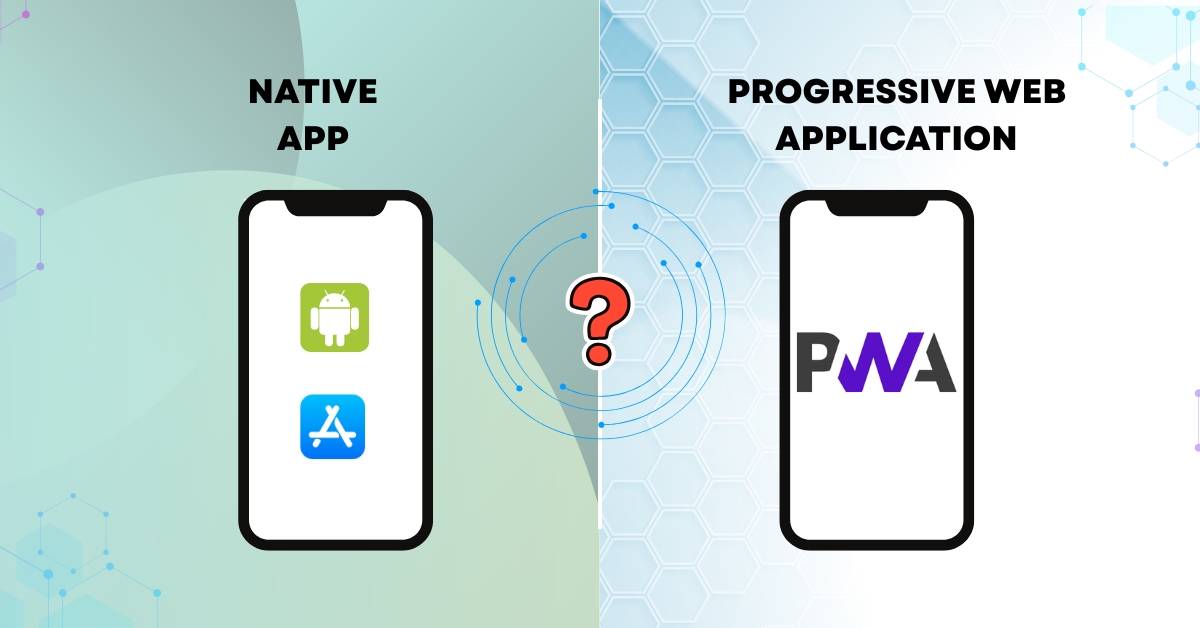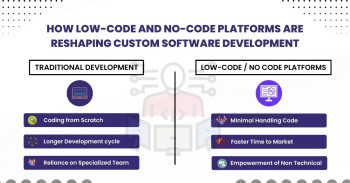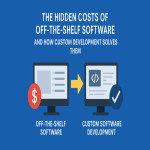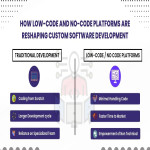Introduction to the Progressive Web Apps (PWAs) or Native Apps
In 2025’s fast-moving digital
landscape, businesses must decide between building Progressive Web Apps (PWAs) or Native
Apps. Both have clear strengths — progressive
web app developers focus on accessibility and speed, while native app development teams target
performance and deep system integration. Choosing the right path can define
user satisfaction, scalability and return on investment.
What Are Progressive Web Apps (PWAs)?
A progressive
web app (PWA) is a browser-based progressive
web application that behaves like a mobile app. Users can install it on
their device directly from a website — no app store needed. Built using
standard web technologies like HTML5, CSS3 and JavaScript, PWAs offer an
app-like feel with lightweight operation.
·
Responsive
design for all devices
·
Works
offline using cached data
·
Installable
directly from the browser
·
Supports
push notifications
· Lightning-fast performance and SEO appeal
Modern tools such as PWABuilder simplify deployment,
allowing companies to quickly convert a PWA
website into a polished mobile experience.
What Are Native Apps?
Native
Apps are built specifically for
either iOS or Android using platform-specific languages like Swift,
Objective-C, Kotlin, or Java. Through native
mobile app development, these apps achieve outstanding performance and
reliability by leveraging full hardware access.
Key Features
·
High
performance and smooth animations
·
Complete
access to device features (camera, GPS, sensors)
·
Distributed
via trusted app stores
·
Superior
offline functionality
·
Optimized
user interface
Frameworks such as low-code React Native and React
mobile development now make native
app development faster and more cost-effective while maintaining top
performance.
PWA vs Native App: Key Comparison
|
Feature |
Progressive Web App (PWA) |
Native App |
|
Platform |
Works on all browsers |
Platform-specific |
|
Installation |
Via browser |
Via app stores |
|
Performance |
Fast but browser-based |
Optimized for platform |
|
Offline Access |
Limited via service workers |
Full functionality |
|
Push Notifications |
Supported (limited iOS) |
Fully supported |
|
Development |
Single codebase |
Separate codebases |
|
Updates |
Automatic |
Manual via stores |
|
Device Integration |
Limited APIs |
Full hardware access |
|
Discoverability |
SEO-visible PWA website |
App store only |
Benefits and Drawbacks
Progressive Web Apps
Advantages
·
Cost-effective
development
·
SEO-friendly
structure for discoverability
·
No app
store fees or delays
·
Instant
updates and fast loading
·
Works
seamlessly across devices
Disadvantages
·
Restricted
hardware access
·
Limited
iOS support
· Lower public visibility compared to apps in app stores
PWA
examples like
Pinterest, Twitter Lite and Starbucks show how a progressive application can dramatically improve engagement and
conversion.
Native Apps
Advantages
·
Superior
UX and performance
·
Full
hardware integration
·
High
trust through app stores
·
Robust
offline capabilities
Disadvantages
·
High
development and maintenance cost
·
Slower
updates due to store approvals
·
Larger
storage footprint
PWA or Native: Which Should You Choose?
Opt for a PWA if:
·
You want
a fast, affordable, multi-device app.
·
SEO and
instant accessibility matter most.
·
Your
business model focuses on content, eCommerce, or bookings.
Opt for a Native App if:
·
Top-tier
performance and visuals are critical.
·
You need
deep hardware or OS integration.
·
You’re
developing fintech, gaming, or media apps.
If you want a balance of both, consider
hybrid app development with
frameworks like React Native, Flutter, or Ionic for flexible, scalable app delivery.
The 2026 Outlook: PWAs and Native Apps Converge
As technology evolves, progressive web apps continue to blur
the line with native apps. Browser
advancements, background sync and enhanced security are helping PWAs rival
native performance. Tech leaders like Google, Microsoft and Meta are heavily
investing in PWA support, while Apple is expanding compatibility on iOS
devices.
Still, native mobile app development will dominate industries that demand
real-time performance and hardware integration, such as healthcare, finance and gaming.
The modern business strategy is hybrid:
combining a fast, engaging PWA website
with a feature-rich native mobile option for loyal users.
Final Thoughts
In 2025 and beyond, the debate between progressive web apps and native apps will evolve into a unified
approach. The smartest companies will use both — a progressive web app for accessibility and a native mobile app for enhanced engagement.
Whether you choose PWABuilder, low code React Native, or custom native app development, the goal remains the same: deliver exceptional user experiences that perform fast, scale easily and retain loyal customers.










